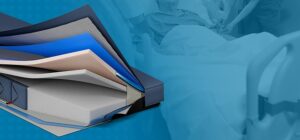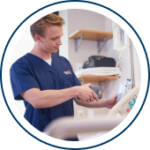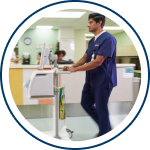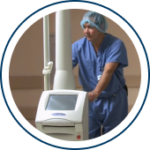BOOST HCAHPS SCORES
4 Surprising Ways Medical Equipment Management Can Help
Innovate to Improve HCAHPS Scores
Four Powerful Impacts of a Best-in-class Equipment Management Program:
Connects Hospital Teams
An integrated equipment value management strategy can connect traditionally siloed departments within a hospital — bringing supply chain and biomedical/clinical engineering teams in alignment with clinicians and patient care demands. This integrated approach doesn’t just make processes and equipment workflows more efficient; it focuses departments on a patient-centered perspective — the intersection point where having the right equipment, in patient-ready condition, at the right time for the right patient can significantly improve the overall patient experience.
Makes the Care Experience Seamless
Care delays significantly impact patient satisfaction and increase the risk of adverse events. How long it takes to get at-risk patients on a specialty bed or how much time is spent searching for an infusion pump to administer medication — these delays in care don’t seem like a big deal, until they become one. Leveraging best-in-class equipment value management services to deliver the right equipment, when and where it’s needed, minimizes delays, expedites treatment and enables a more consistent, seamless care experience.
Brings Nurses Back to the Bedside
The average nurse spends 63% of their time on non-patient-care tasks, including over 20 minutes per nurse, per shift, just chasing down medical equipment. An integrated medical equipment management strategy can eliminate this extraneous burden, giving nurses confidence that the right equipment will be clean, functioning and available — when and where they need it. This frees up nurses to spend more time at the bedside, providing focused patient care that improves the overall patient experience.
Makes Happy Nurses Your Hallmark
Eliminating hospital equipment management burdens on nursing staff has a cascading effect on patient satisfaction. Nurses are masters of time management and structure their day to allow implementation of patient care plans, which includes communicating with families and handling frequent, unforeseen emergencies. Wasting time searching for medical equipment is not only frustrating for the nurse — it delays care and frustrates patients. By freeing nurses to do the job they signed up for — the job they love — hospitals can improve nurse job satisfaction and enhance their ability to attract and retain great nurses. Happier nurses are directly correlated with higher HCAHPS scores.
Our Onsite Management Portfolio
Insights for a Better Equipment Experience
Elevate Your Team – Improve Your Hospital




